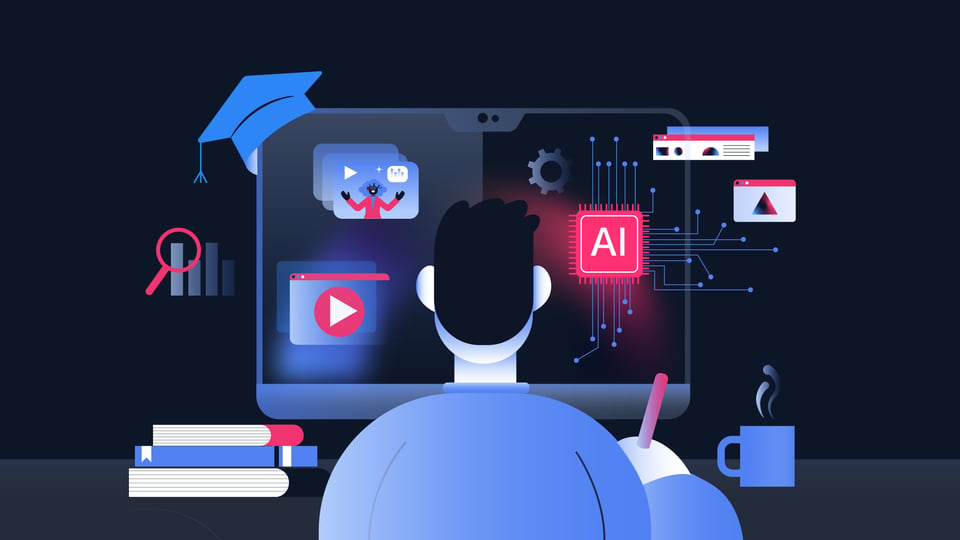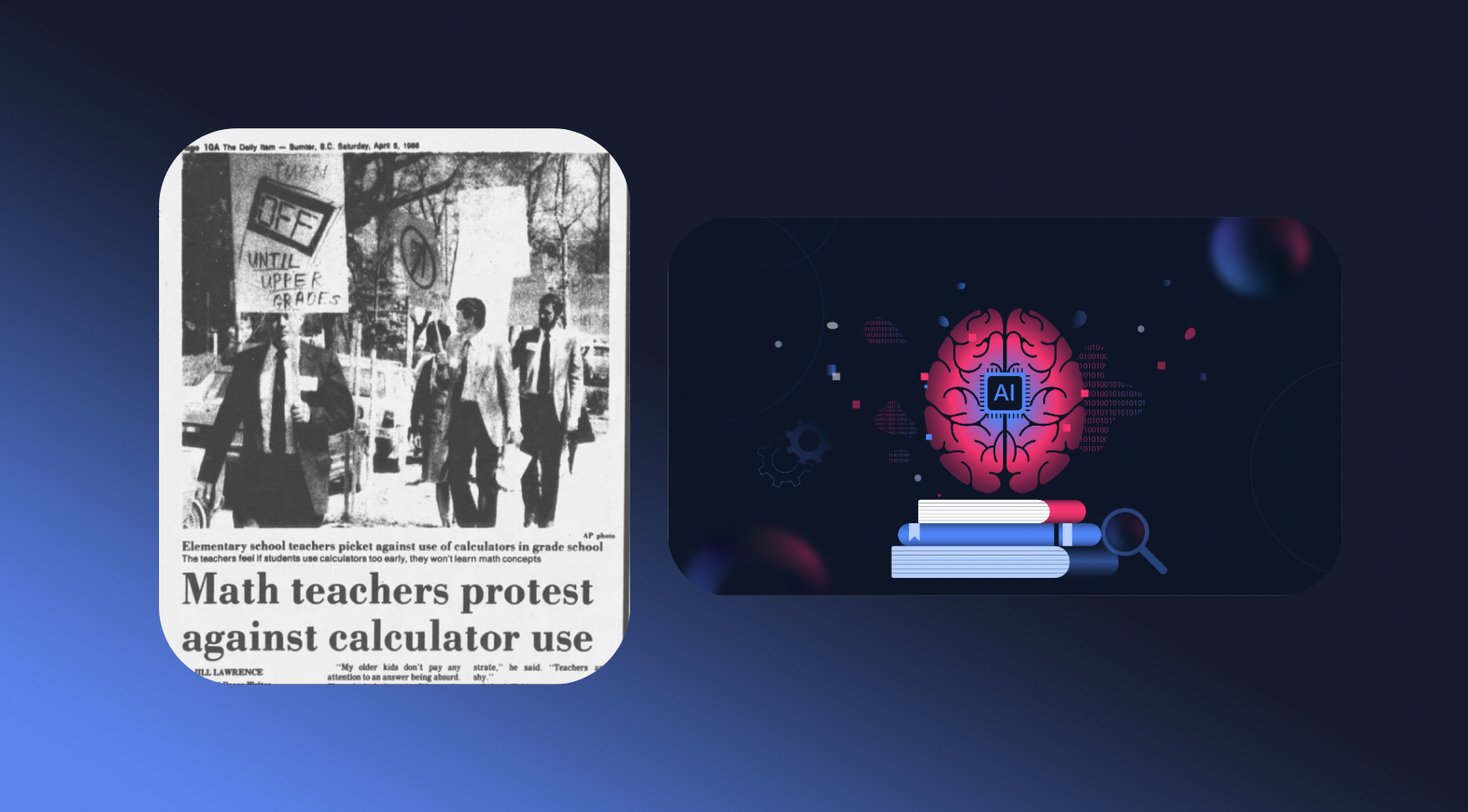As artificial intelligence (AI) becomes more integrated and used in educational settings, it brings both opportunities and significant challenges to maintaining academic integrity. AI can enhance learning experiences greatly, but has also introduced new avenues for academic misconduct. So how does AI affect academic integrity, and what should be done about it – can something be done about it?
How does AI Challenge Academic Integrity?
AI technologies present new challenges to academic integrity by providing students with a “shortcut”, where they don’t actually have to do any work themselves, essentially cheating. AI-generated content, such as essays and exam answers, can be difficult to distinguish from original student work, making it easier for students to present AI-generated material as their own. This misuse of AI tools undermines the principles of learning itself.
Can AI ever be Used in the Classroom Responsibly?
Absolutely, and this sentiment is echoed worldwide. AI should be integrated into classrooms as soon as possible simply due to the fact that it is quickly becoming an integral part of our society. Like a calculator, which was once controversial but is now indispensable.It is more of an issue how it is used, rather than IF it is used. Proper guidelines and ethical considerations will be necessary to ensure that AI is used to complement and enhance traditional teaching methods responsibly.
How to Address the use of AI in the Classroom
Clearly communicate your expectations
Educators must clearly communicate their expectations regarding the use of AI tools in academic work. By defining what constitutes acceptable and unacceptable use of AI, students can better understand the boundaries and ethical considerations involved. This clarity helps prevent unintentional misuse of AI technologies.
Create guidelines for crediting AI
Institutions should establish specific guidelines for crediting AI tools. Just as students are required to cite traditional sources, they should also be instructed on how to properly acknowledge the use of AI in their work. This transparency maintains academic integrity by ensuring that AI-generated content is appropriately credited.
Be careful with AI classifiers
While AI classifiers are being developed to identify AI-generated content, they are not yet foolproof, far from it. Even OpenAI themselves discontinued their AI classifier last year due to low rate of accuracy. Traditional plagiarism detection systems may not effectively identify AI texts, and current AI detectors can produce false positives or negatives. Educators should use these tools as part of a broader strategy, combining technology with their judgment and familiarity with students' work.
How AI can be used Responsibly by Students
Below are a few suggestions for how AI can be used in the classroom without undermining learning. These are just a few examples, and we highly suggest you think about and discuss with colleagues about how AI can be applied in the classroom in a responsible way that enhances student learning.
- Writing: For essay drafting, students could use AI to brainstorm ideas or plan the structure of their essays. Afterwards, they could receive feedback on grammar, style, and flow. However, the core thinking and actual writing should still be done by the student.
- Math: AI systems can provide students with unlimited practice problems tailored to the specific concepts they are struggling with. They will also be able to provide step-by-step explanations and worked examples to build true understanding.
- Language: Conversational AI can provide realistic practice partners for building language skills.
The Future of AI in Education
AI is set to become as integral to education as calculators once did. Initially, calculators were also seen as a threat to learning, but they eventually became standard tools that enhanced mathematical education. Similarly, AI provides numerous advantages and opportunities for teachers, students, and institutions. Banning the use of AI due to concerns about academic integrity would be similar to banning calculators in math class at this point.
Future efforts should rather focus on defining the appropriate use of AI tools, ensuring they enhance learning rather than undermine it. By developing clear policies and fostering a culture of academic integrity, the educational community can harness the benefits of AI while mitigating its risks.
Check out this article to dig deeper into the advantages and disadvantages of using AI in education. You can also schedule a call with one of our experts to discuss AI and academic integrity further, where we can present how our digital examination platform can prevent the misuse of AI.
Want to learn more?

AI’s Dilemma for Assessment
AI’s Ouroboros Buzzwords of artificial intelligence, machine learning, neural networks and deep learning propagate through media channels as the world wakes up to the realities of the state of...
Read more.jpg?width=100&name=TW0_5573%20(1).jpg)
